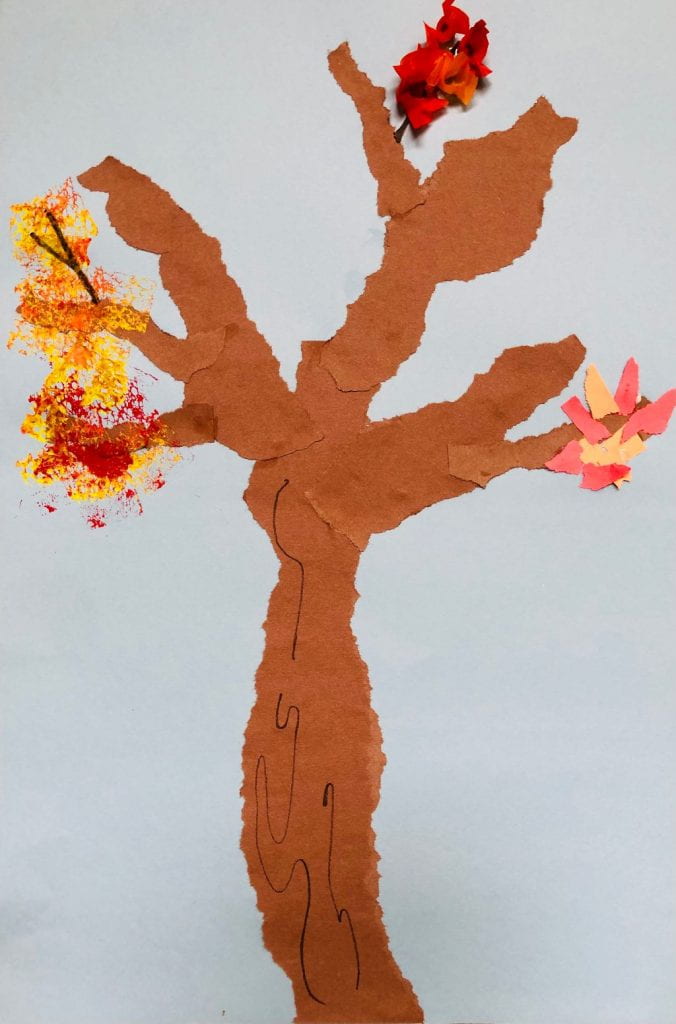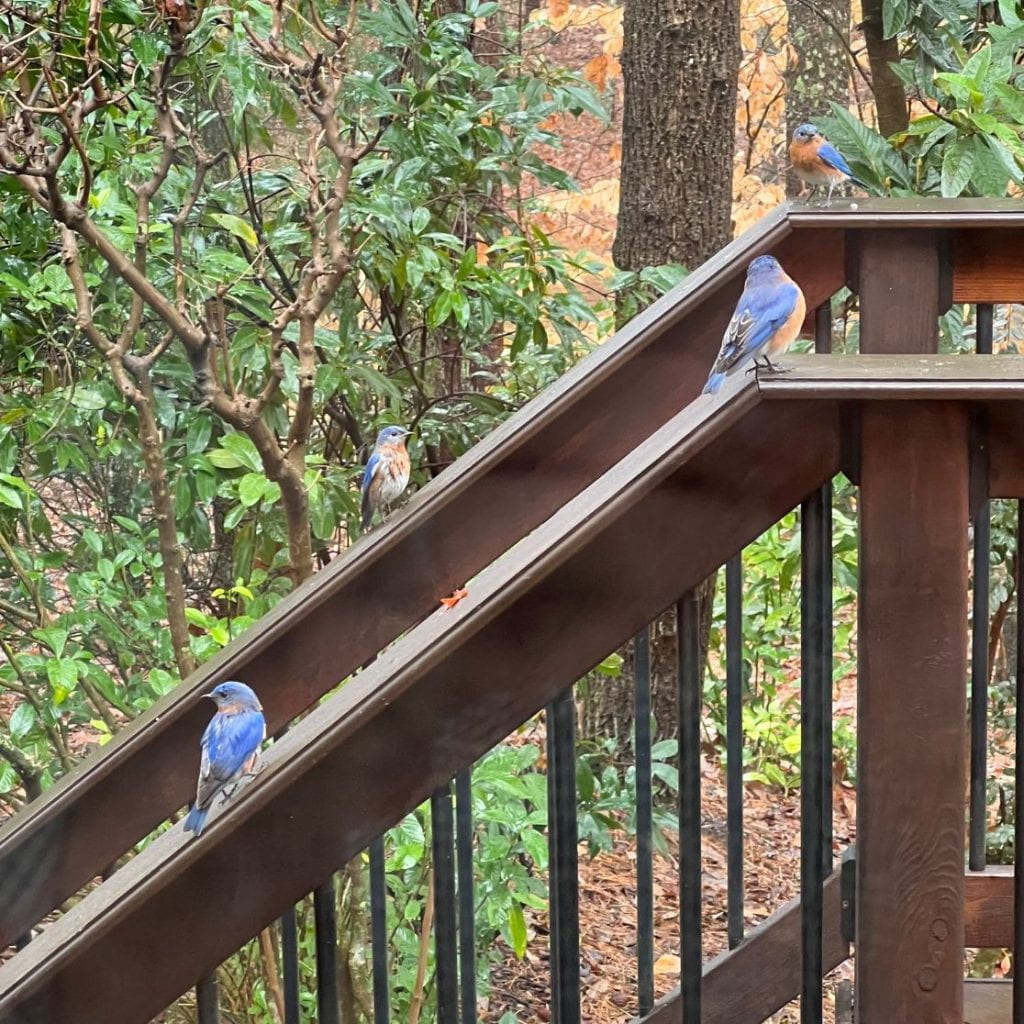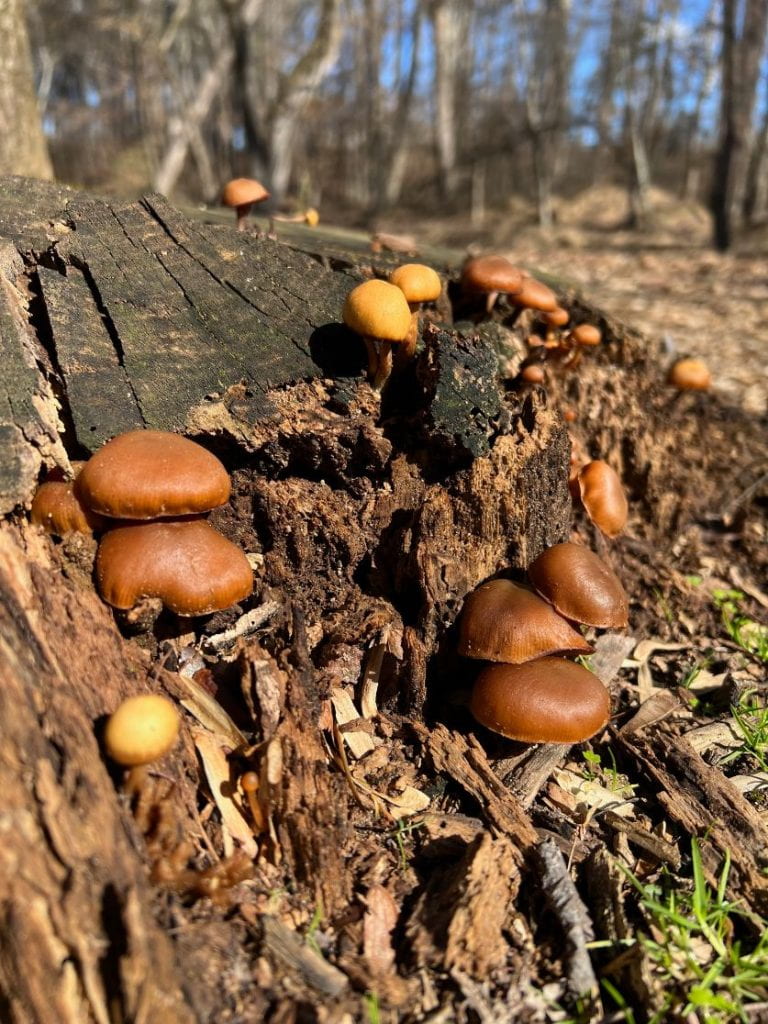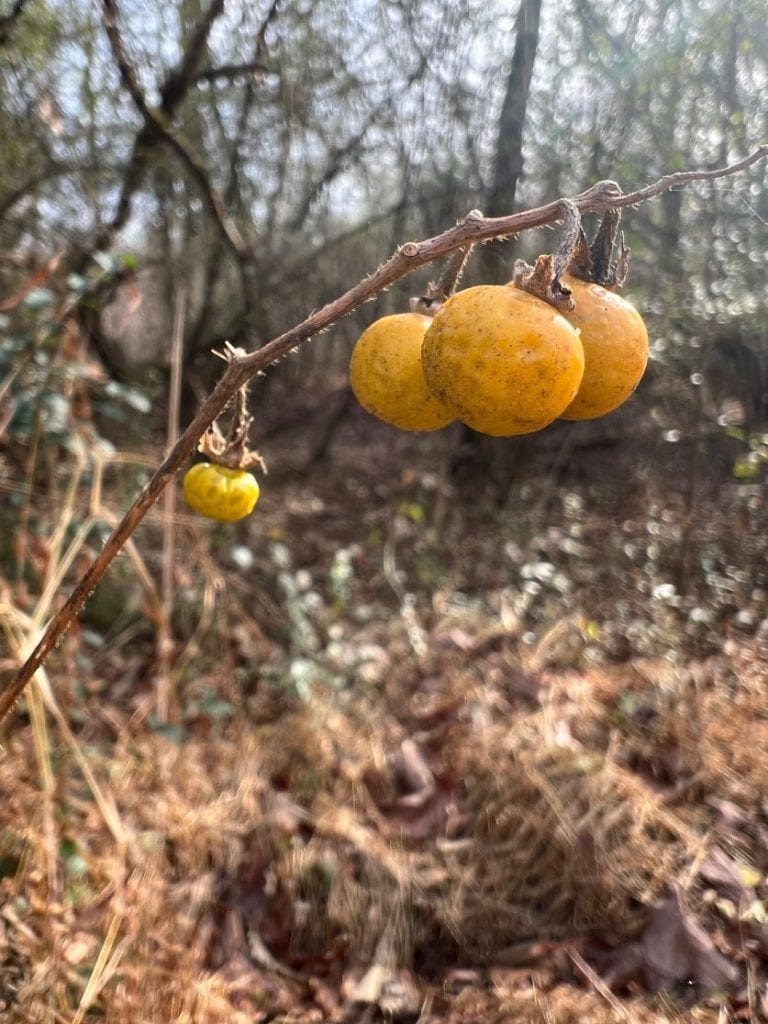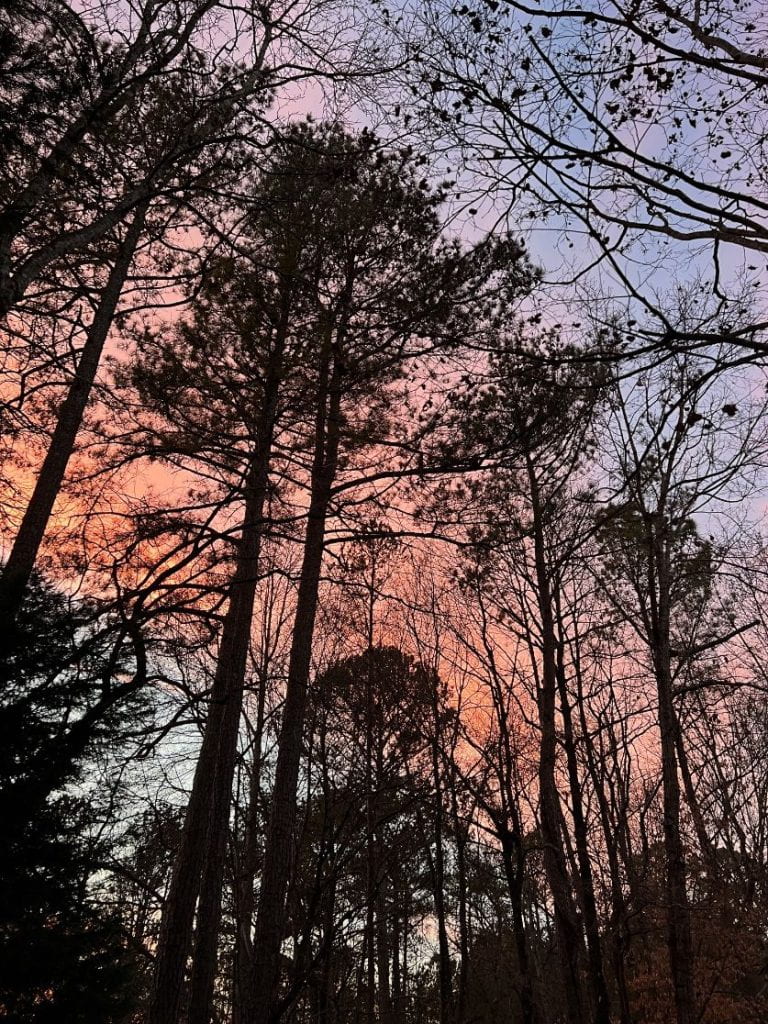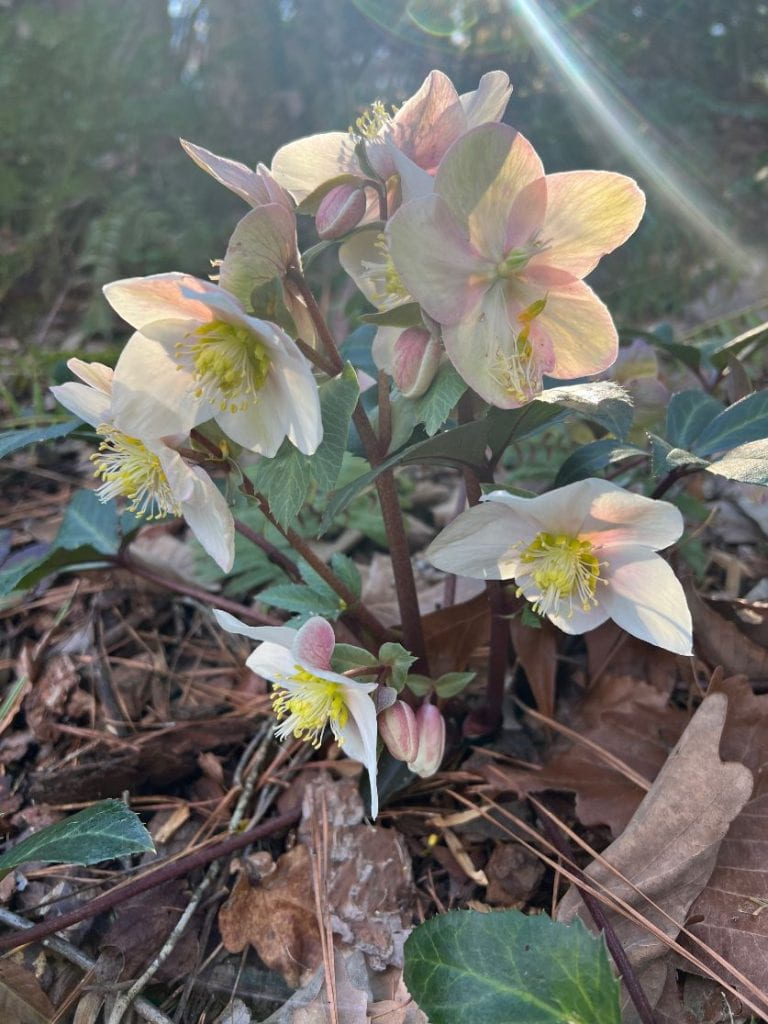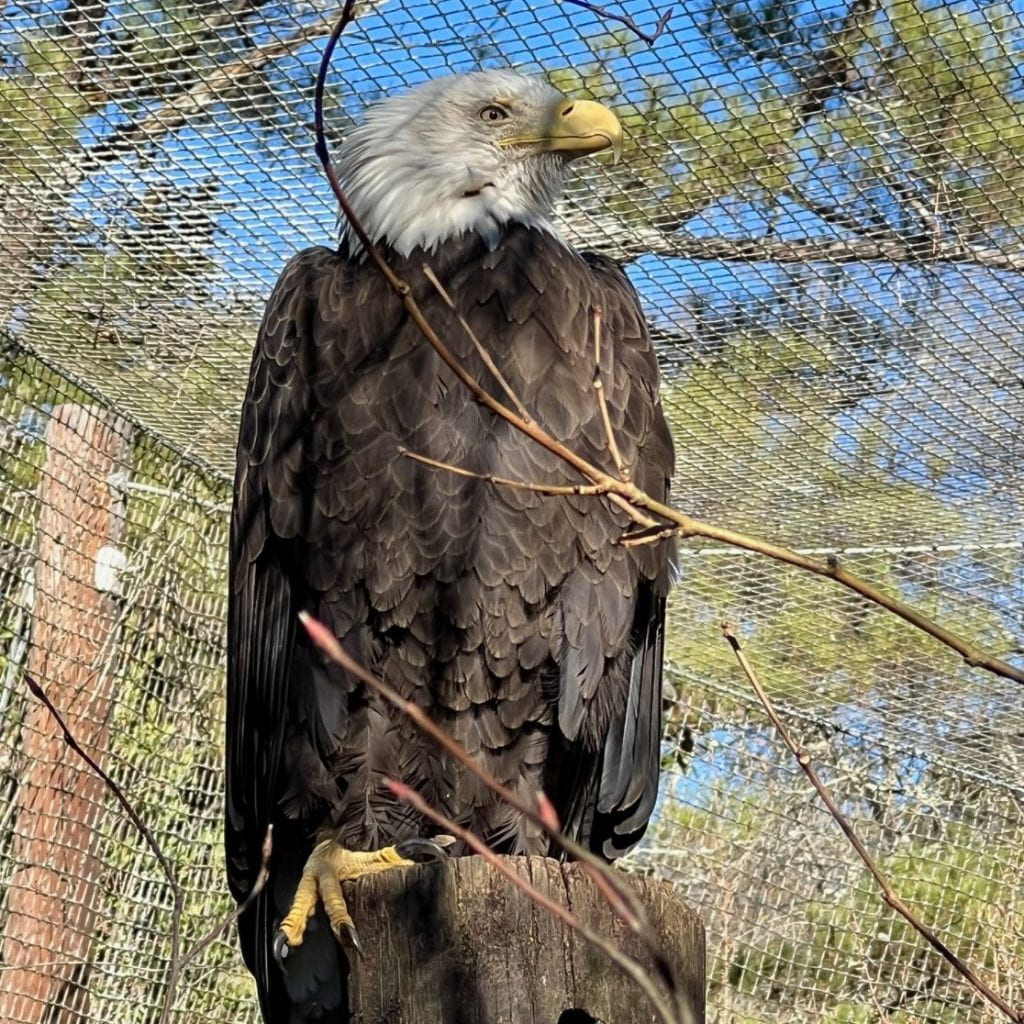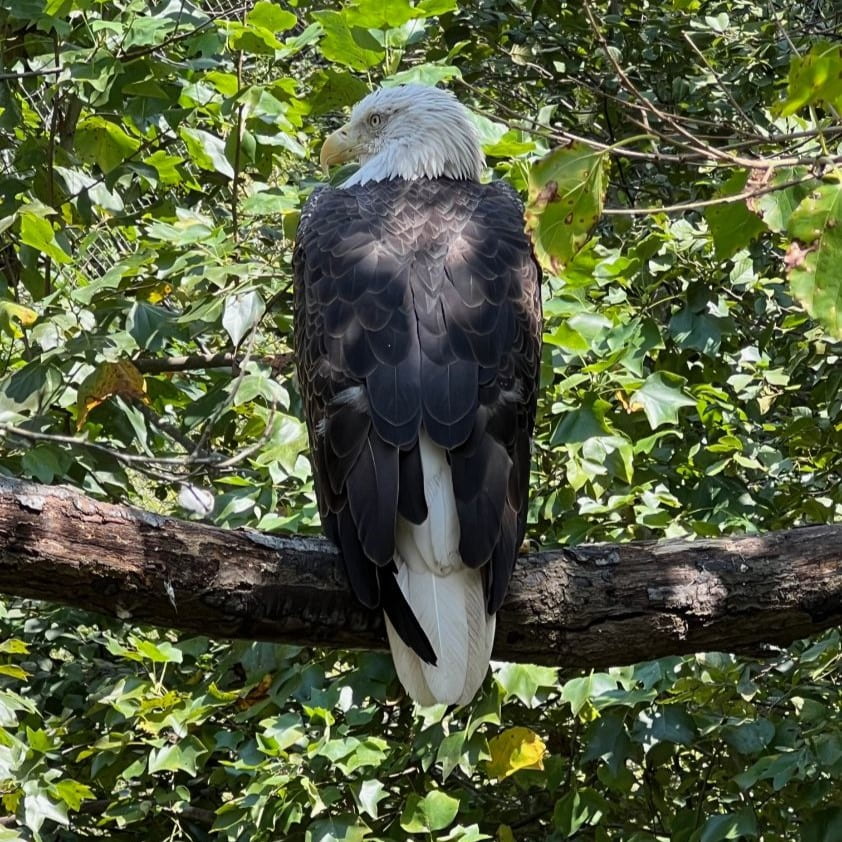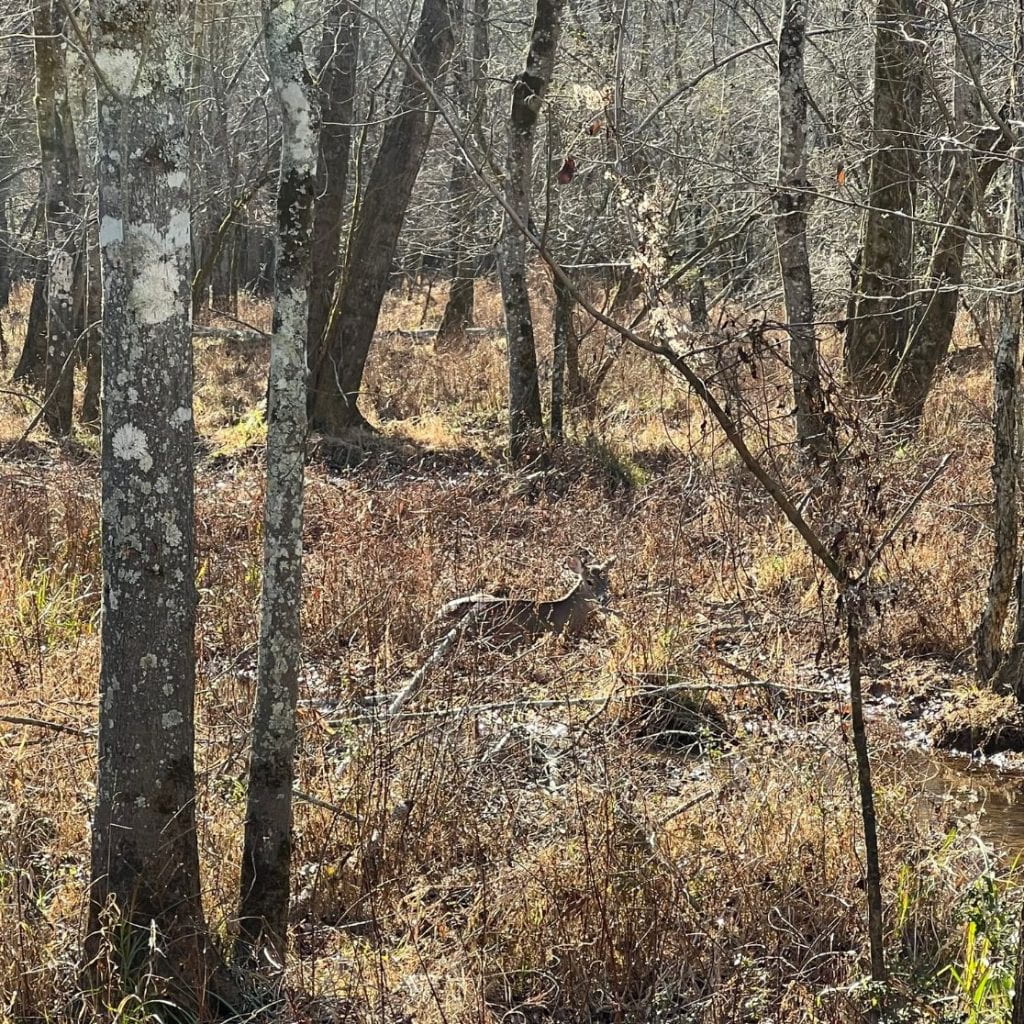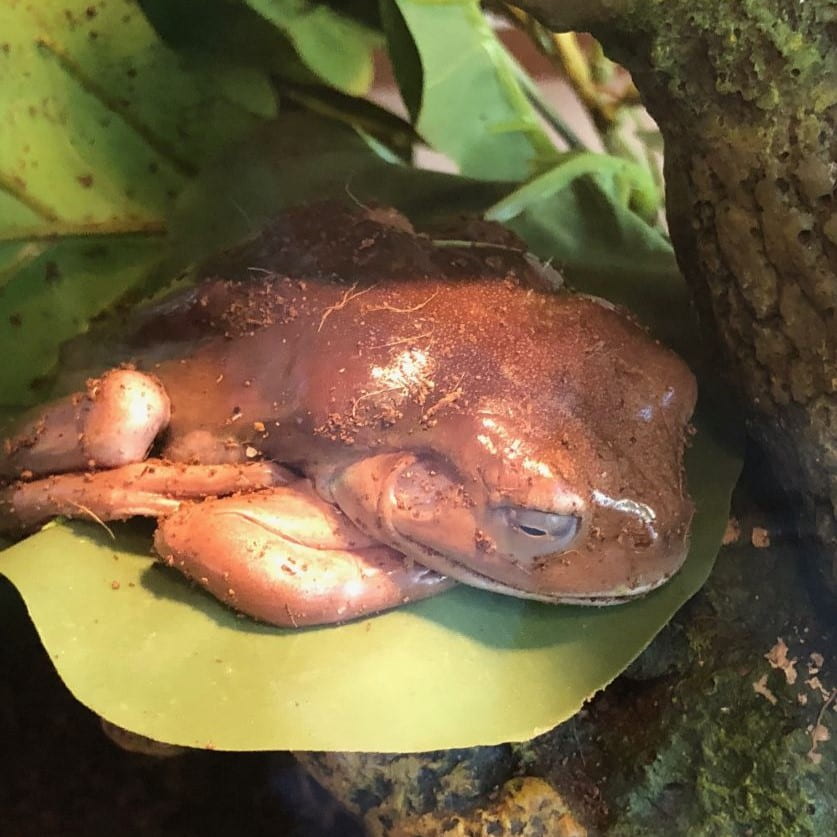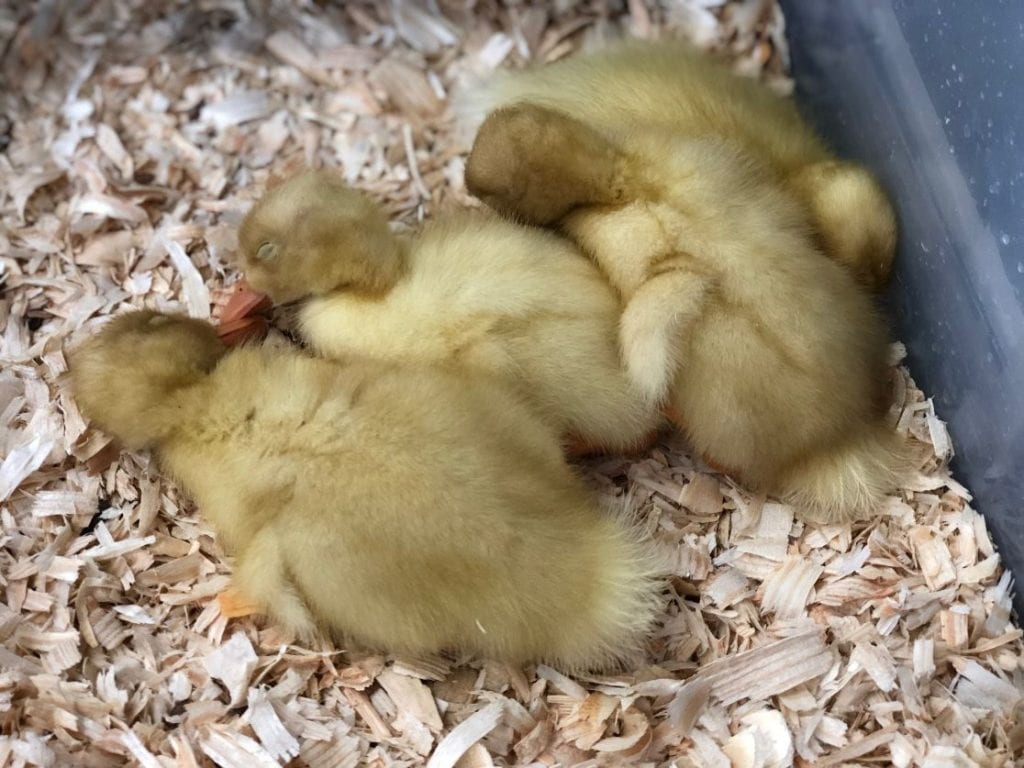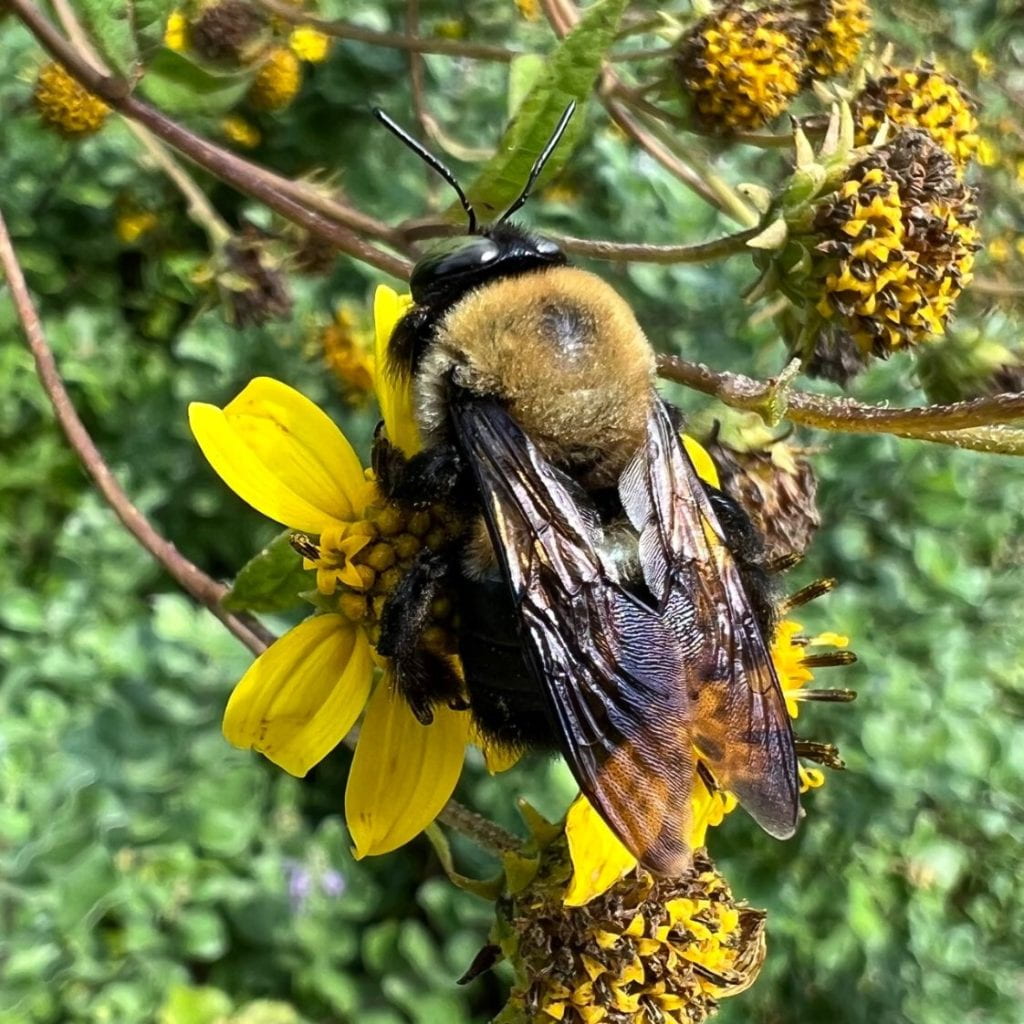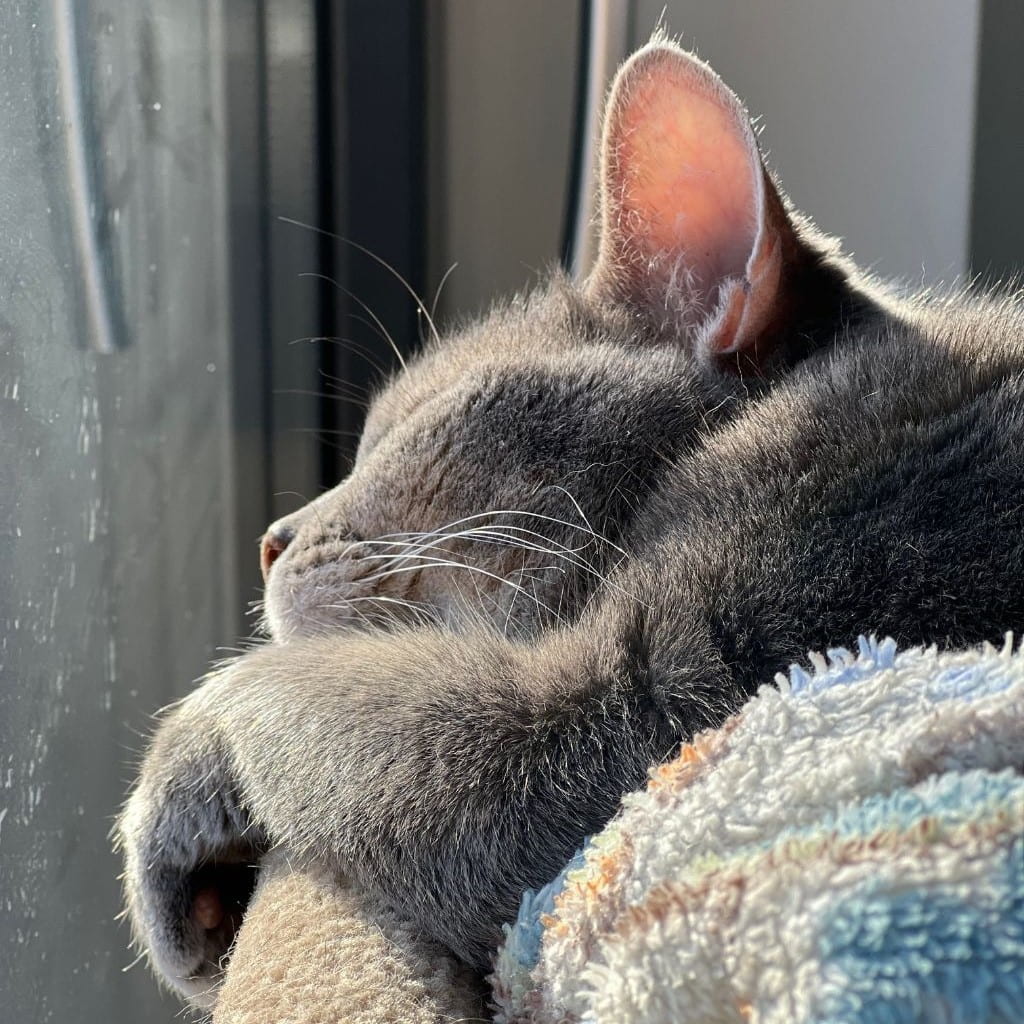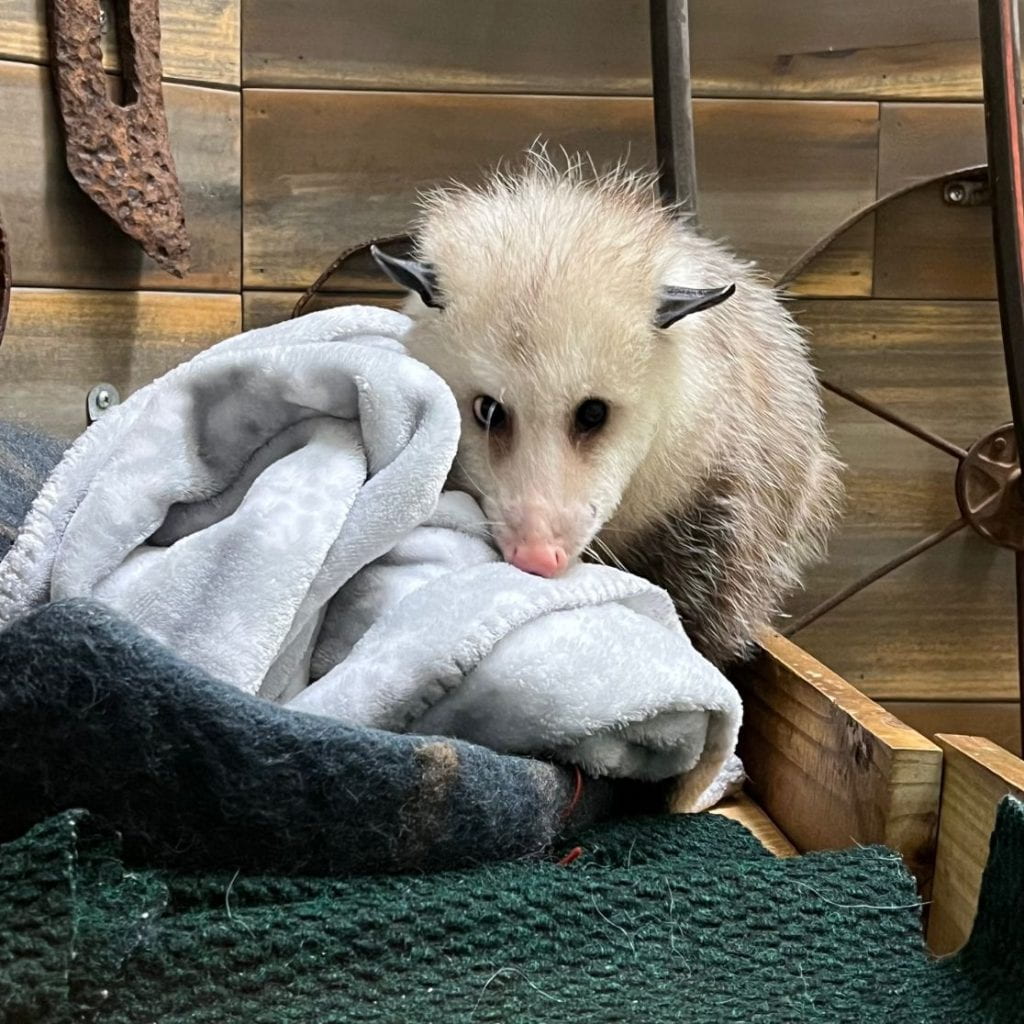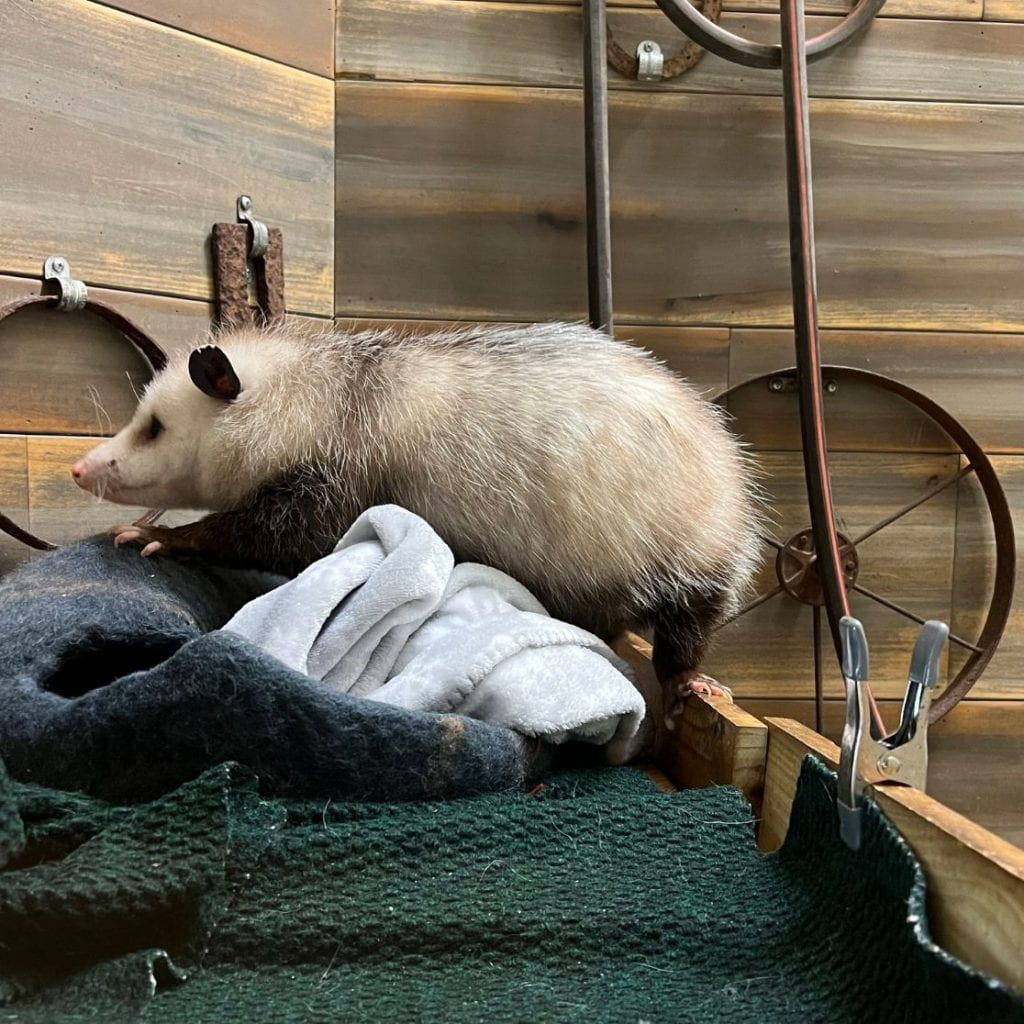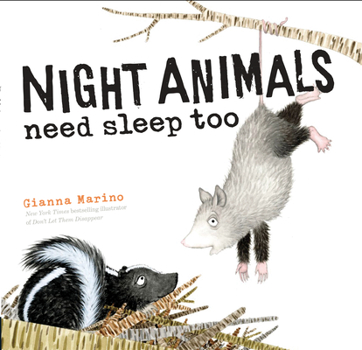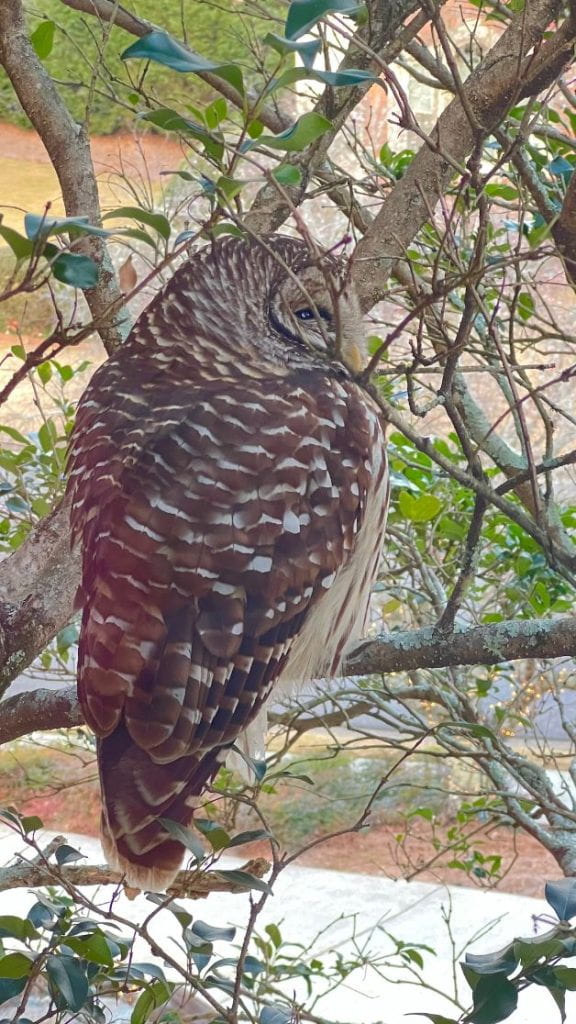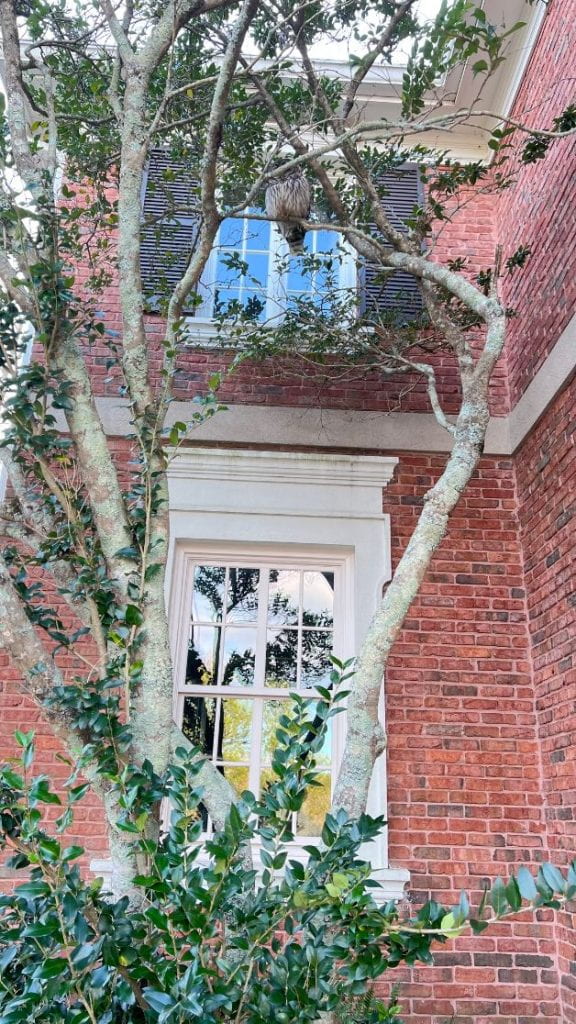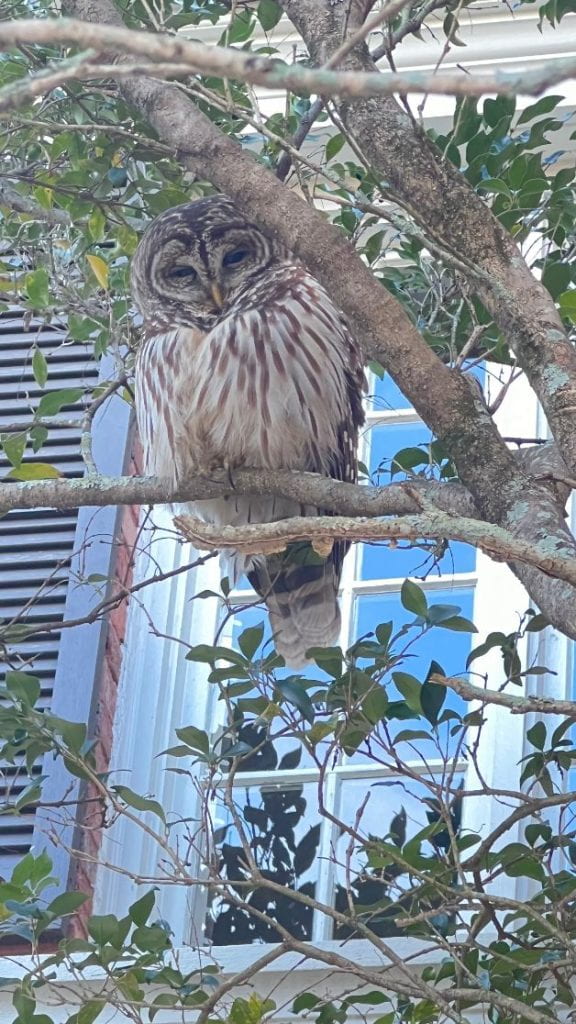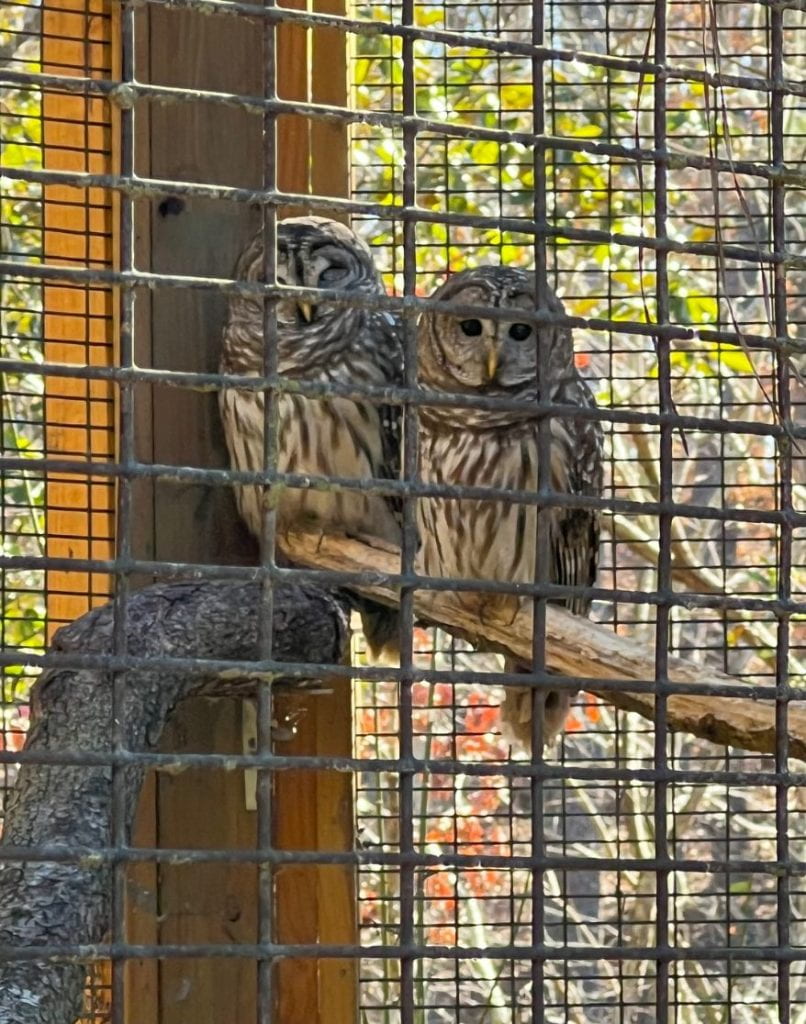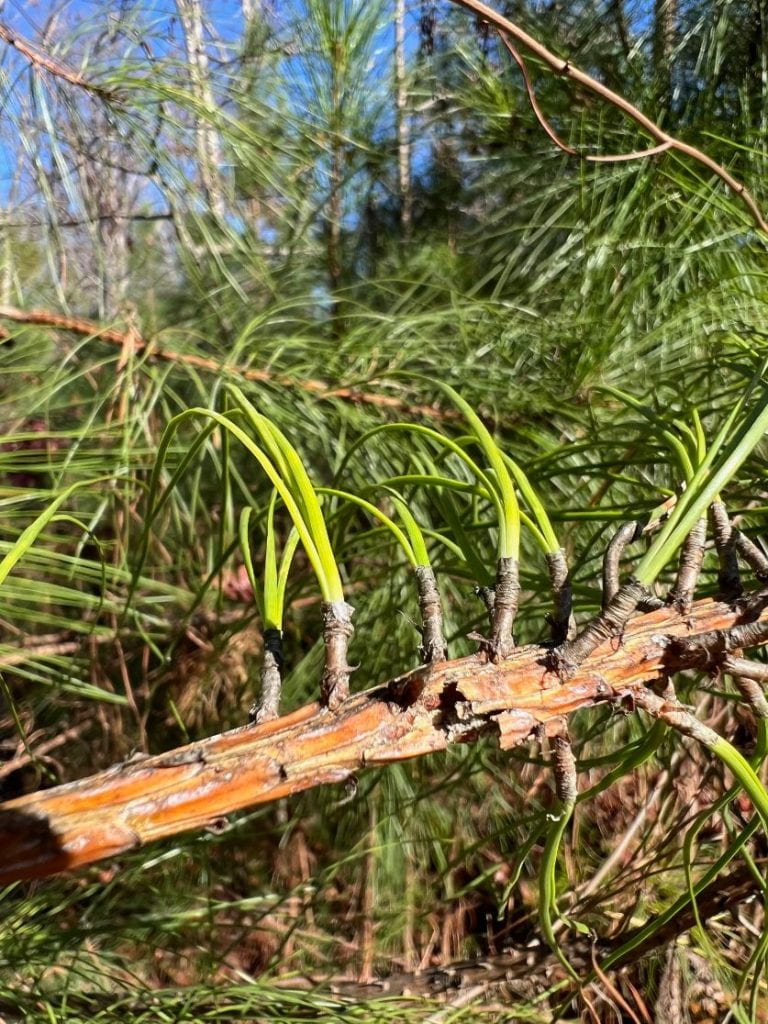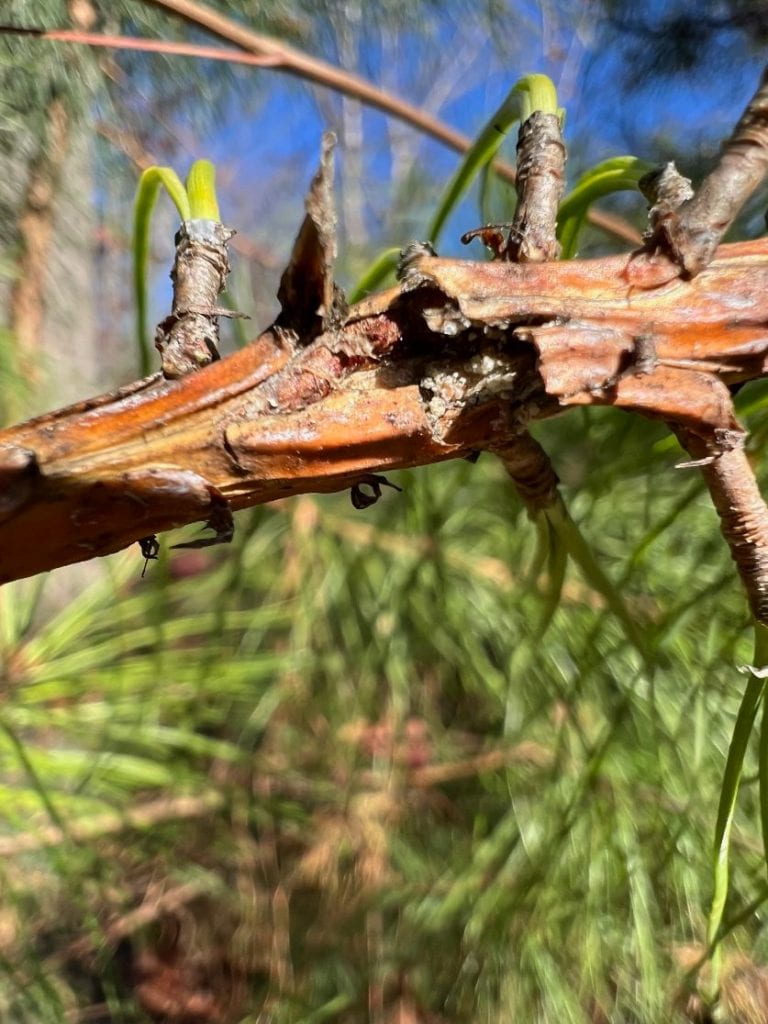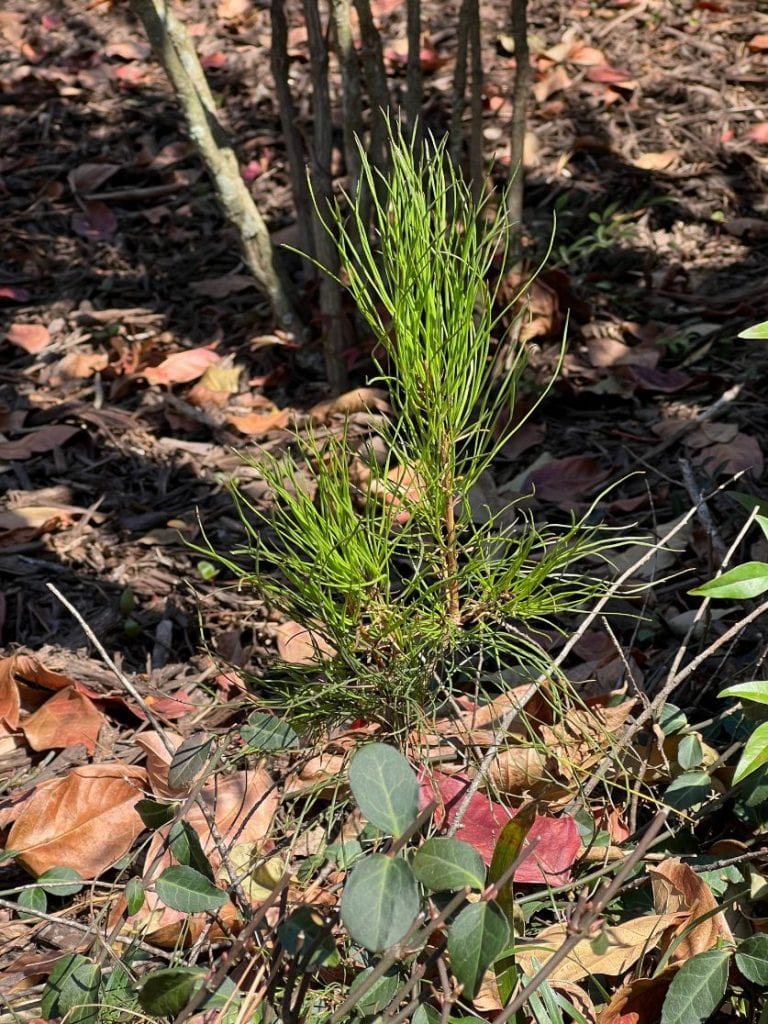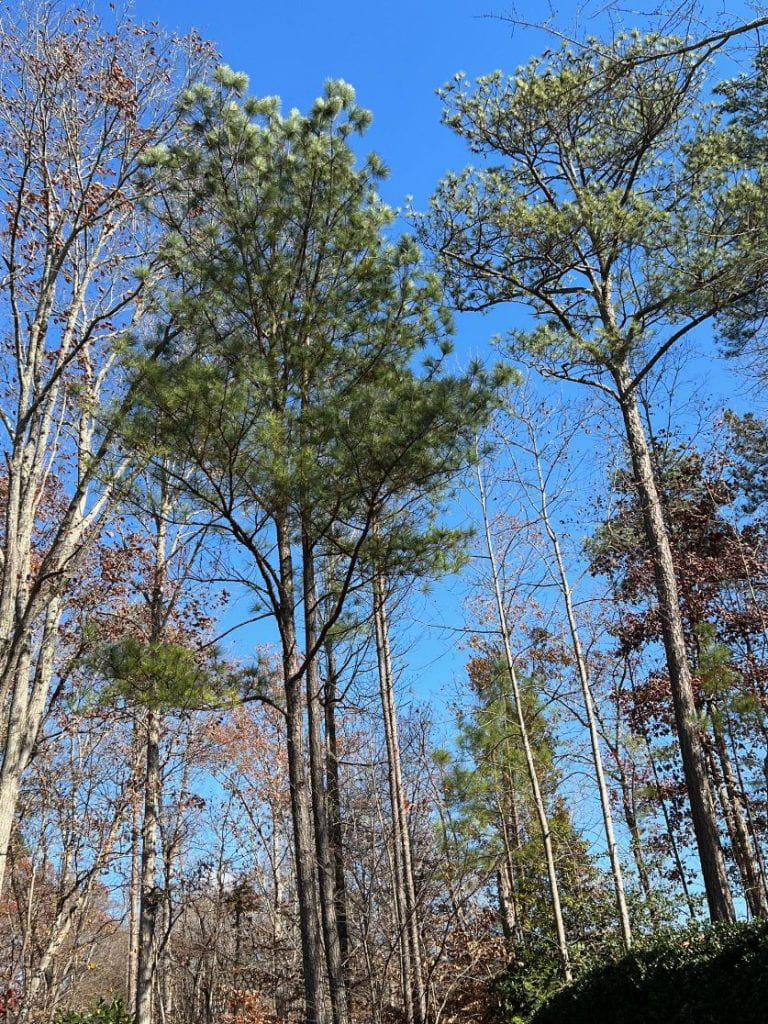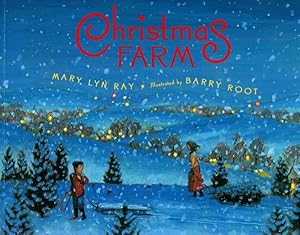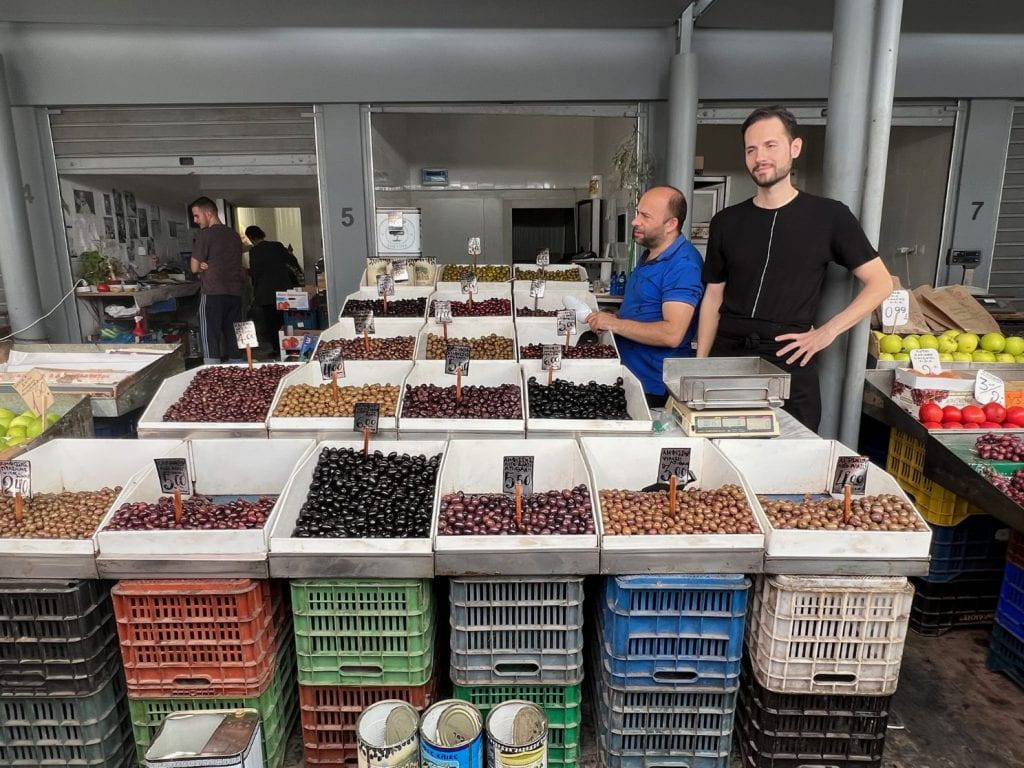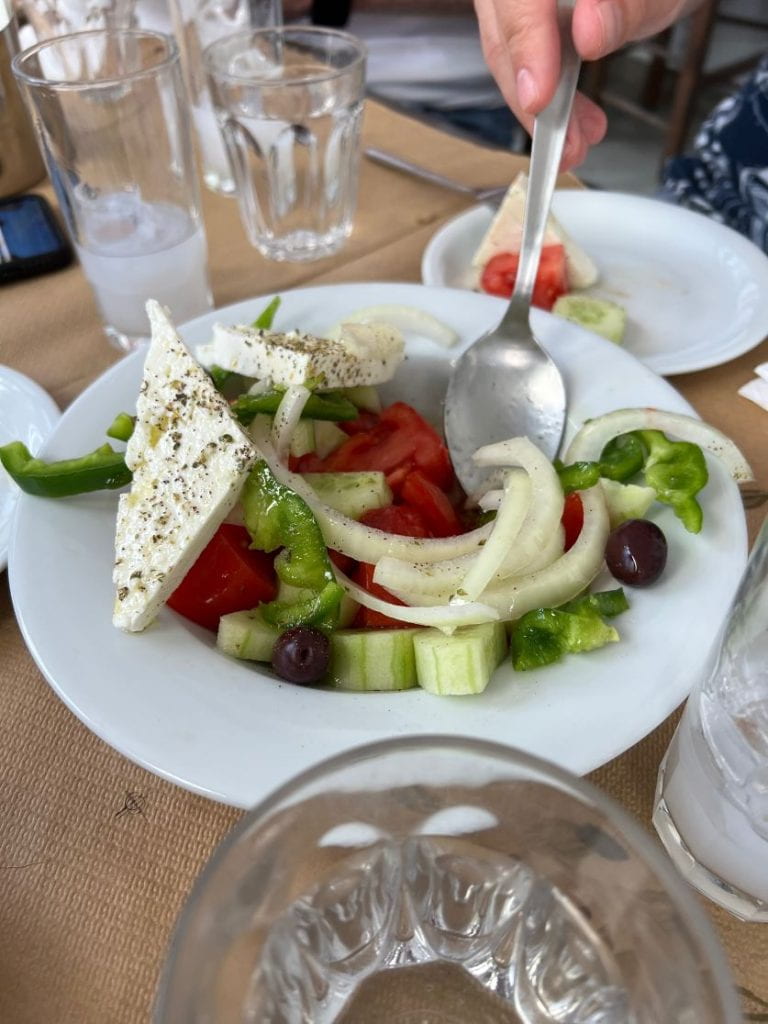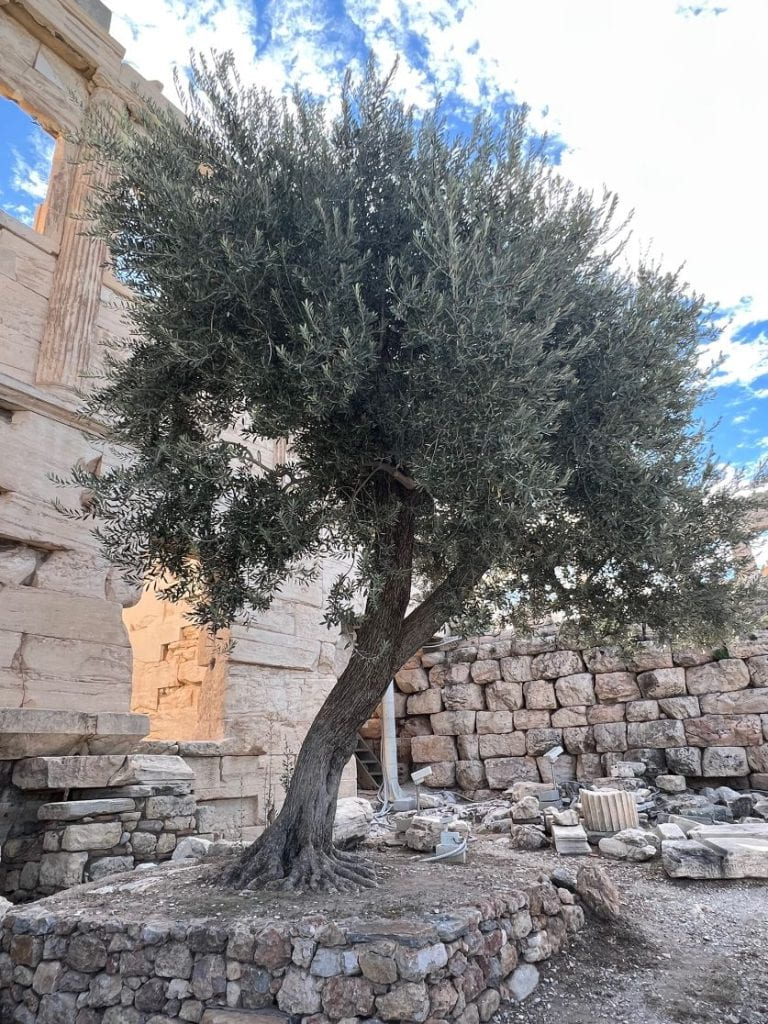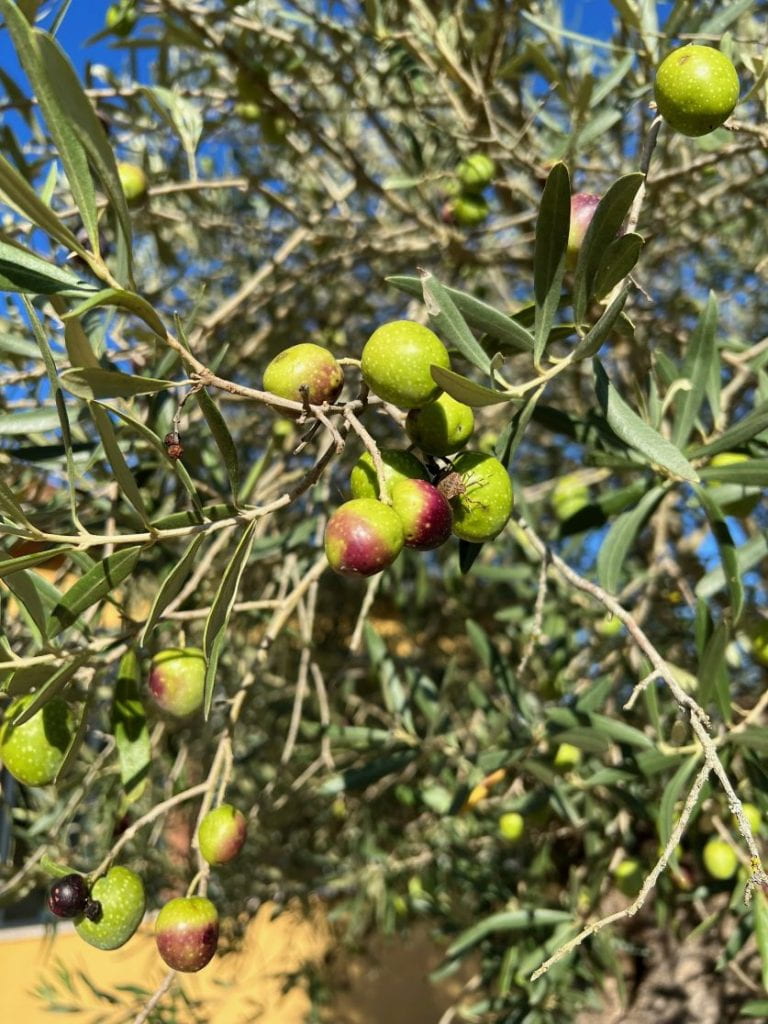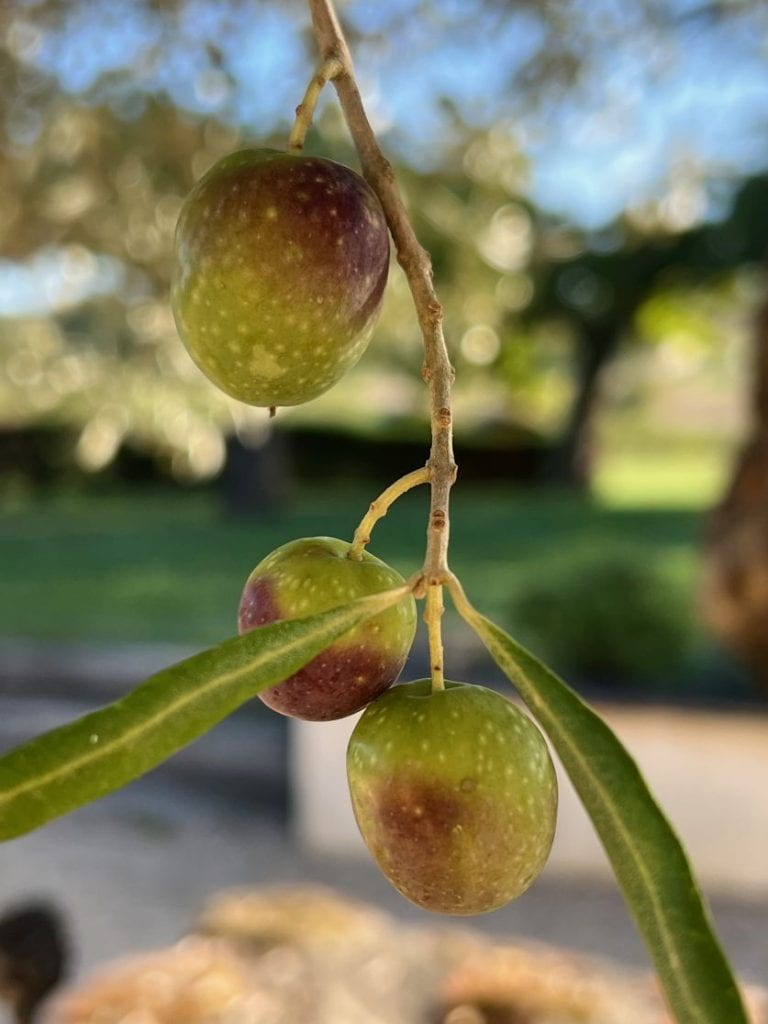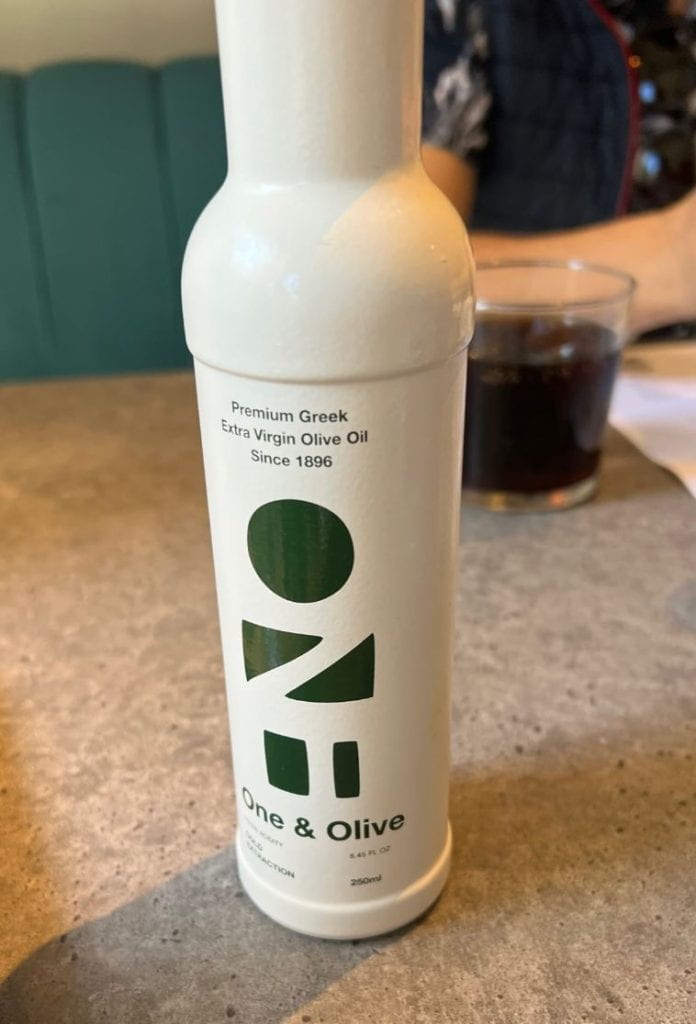I always looked for meaningful ways to integrate art with science in my lessons. The process was always emphasized over the product, meaning that children were free to use the available materials creatively. Finished products were not identical. I have compiled a list of fall art activities below, although many of these activities could be implemented during spring or summer months. Try them with your families too!
Teach the concepts of diffusion, hydrophilic, and symmetry, as well as the shape of leaves in this investigation. Go here to learn more.
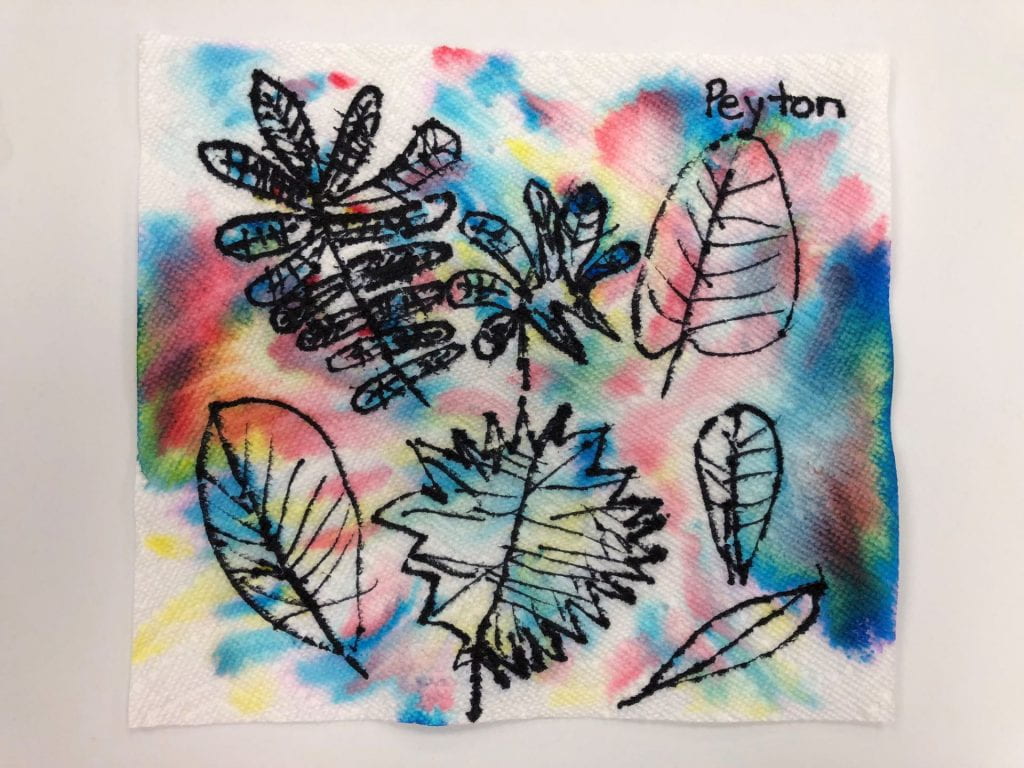
Review the states of matter and create beautiful stained-glass leaves. Go here for directions.
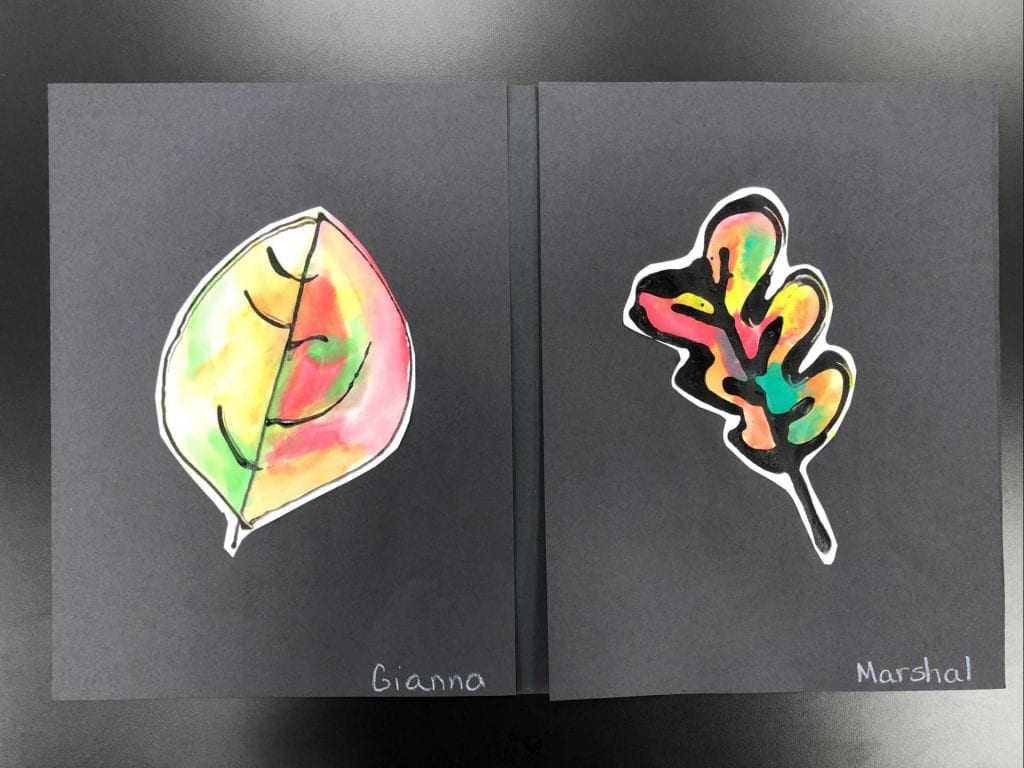
Identify the shapes of leaves as you create animals. Go here for a literary connection.

Paint designs on leaves. Go here for materials. (For older children)

Introduce symmetry, leaf margins, and venation through this activity. Go here and here for examples.
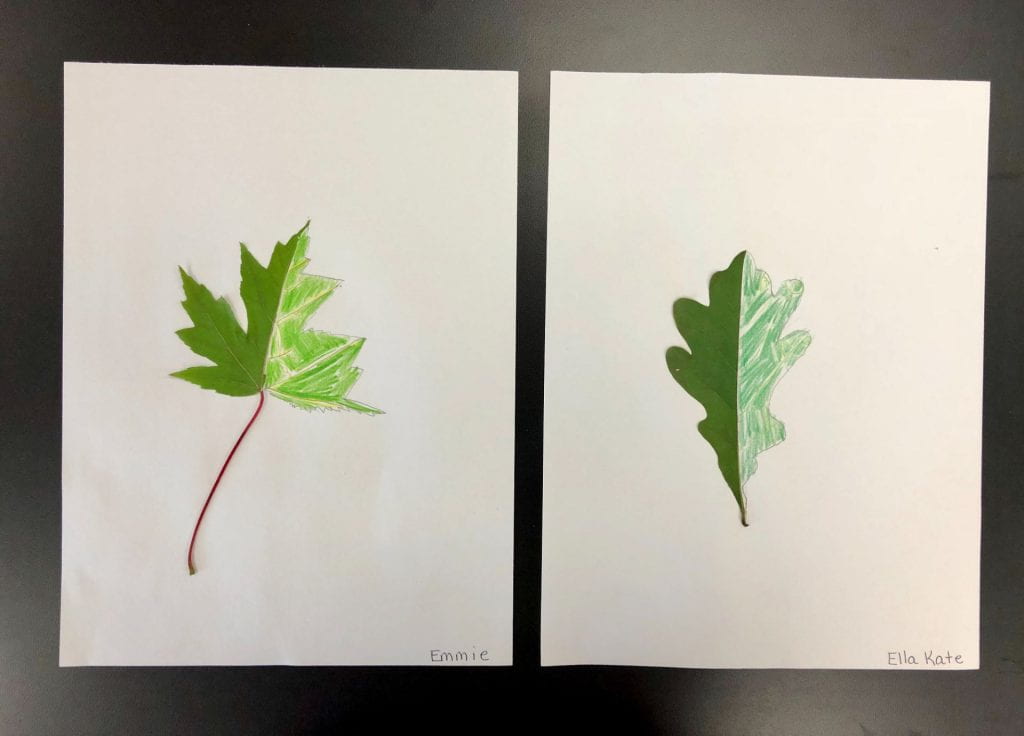
As you hike, collect items to fill vases that children create on the sidewalk. Go here for more examples and ways to extend this activity.

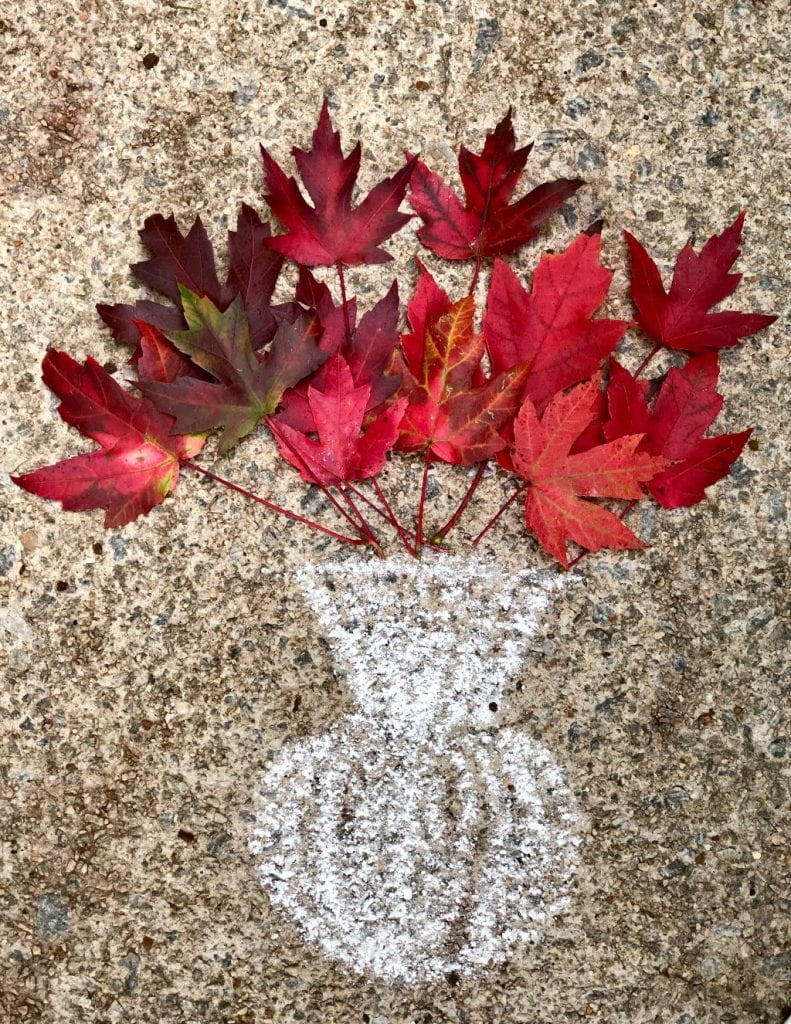
Forage for items on the ground as you hike, such as seeds, nuts, sticks, and pinecones. Create land art for others to enjoy! Go here to learn the history of the land art movement and for a literary connection. Such an engaging way to create patterns!

Print leaves to create cards or placemats. Go here and here for additional information.

Use a variety of materials (paper, paint, and/or tissue paper) to create fall trees and strengthen muscles in young hands. Go here for complete instructions. This is just a sample. Be sure to add details to the sky, ground, and even in the branches.
